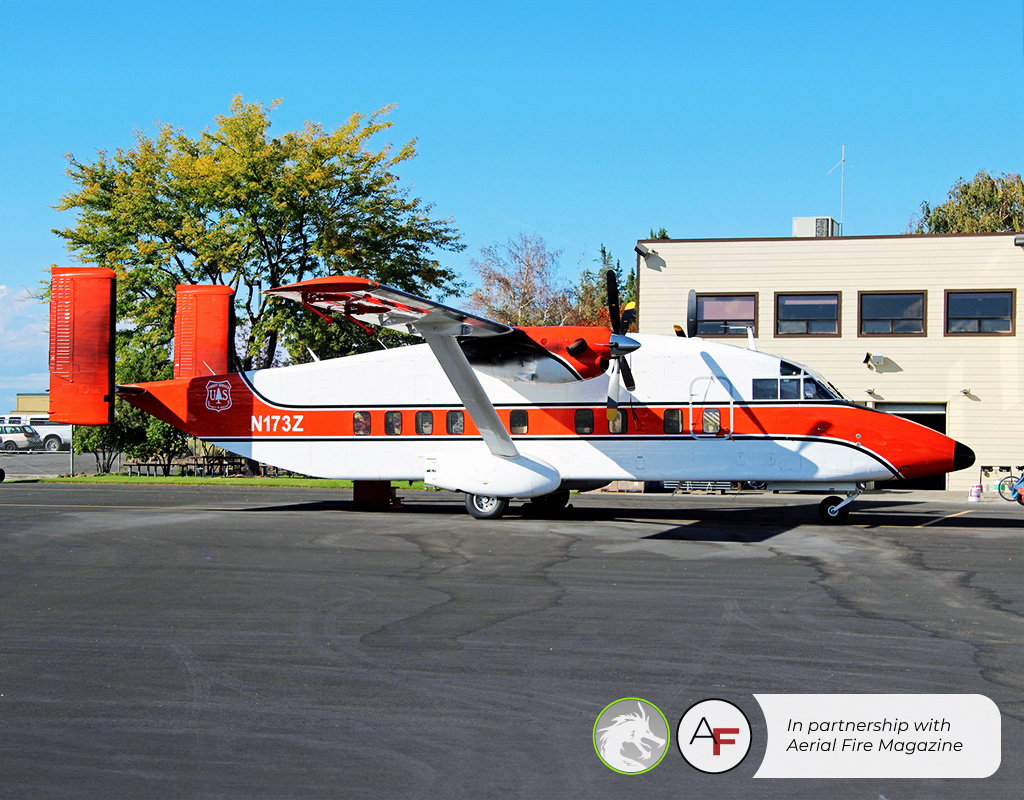
On April 25, the USDA Forest Service and partners, including the Army Corps of Engineers and the City of Redding, will celebrate the completion of Phase 1 in a five-year, $28 million project to expand airtanker loading capabilities by 132% at the Redding Interagency Air Attack Base. The upgrades allow for simultaneous loading of five aircraft, up from two previously. This base is vital in providing initial and extended attack for wildfires across the Western United States.
In 2021, the base loaded 3 million gallons of fire retardant. The new configuration offers the potential to load over 6 million gallons. Plus, airtankers will no longer have to wait to be loaded, with direct access from the taxiway to reduce turnaround times.
“Completing this phase is a huge milestone, greatly increasing our ability to accommodate five Next Generation airtankers and fill them at the same time. Our firefighting crews and the communities we serve will directly benefit from these efficiencies,” said Yolanda Saldana, Deputy Director of Fire, Fuels, and Aviation Management for the Pacific Southwest Region.
“And now onto next steps — Phase 2 to replace the 70-year-old hangar — giving firefighters a safe, efficient place to operate from. Lots to celebrate being done, lots of work ahead.”
Originally opened in the late 1960s, the Redding Air Attack Base has long served as a critical hub for wildfire suppression by loading airtankers with fire retardant to support aerial firefighting. In its early days, the base served as a modest facility for a limited number of aircraft and firefighting operations. Small fixes have improved existing buildings over the years but, until now, had not kept up with expanding operational needs.
Airtankers are a vital resource supporting firefighting efforts nationwide. These planes are only one piece of the wildland firefighting tool kit that assist firefighting efforts on the ground.

